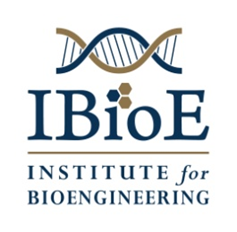| Dr. Gianfranco Fiore |
| Thu 08 Oct 2015, 13:00 - 14:00 |
| Conference Room 1:03/1:04, Scottish Microelectronics Centre |
If you have a question about this talk, please contact: Filippo Menolascina (v1fmenol)

Control Engineering is a discipline aiming at the design and implementation of algorithms for the automatic regulation of dynamical systems towards desired behaviors. The regulation of a room temperature, the car cruise control and the modern autopilot on airplanes are just a set of sample Control Engineering applications in our daily life.
Usually control algorithms follow the so called “negative feedback paradigm” whereby the quantity to be controlled, or the system output (e.g. the room temperature), is measured at regular time intervals and compared with the control objective or control reference (e.g. the desired temperature); this difference, called control error, is the quantity used by the controller (e.g. the thermostat) to calculate the control input (e.g. heater switched on or off) actually needed to minimize the control error at the following iteration of the algorithm itself.
In this talk I will introduce the methodologies for the application of the negative feedback paradigm to biological systems, providing the details of the implementation of a microfluidics based experimental platform, designed to actuate over living cells as well as to monitor in real time their state, and describing the results achieved in controlling gene expression from the endogenous GAL1 promoter in yeast cells.
I will also present a comparative analysis of different control algorithms implemented in-vivo, hence providing hints for the use of Control Engineering principles in general applications where it could be necessary to tightly regulate gene expression (e.g. control of signaling pathways, bio-signal generation, dose-response promoter characterization) despite environmental disturbances and physical limitations affecting the actuation.
Moreover, I will describe the extension of the implementation of the negative feedback in microfluidics to mammalian cells and, the motivations at the basis of the intriguing challenge of designing synthetic circuits to implement cellular controllers.


